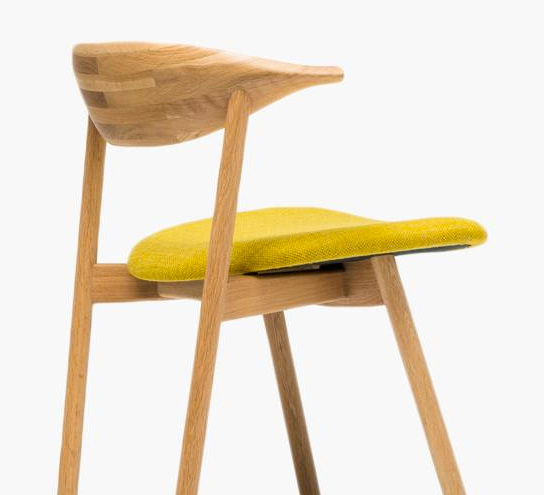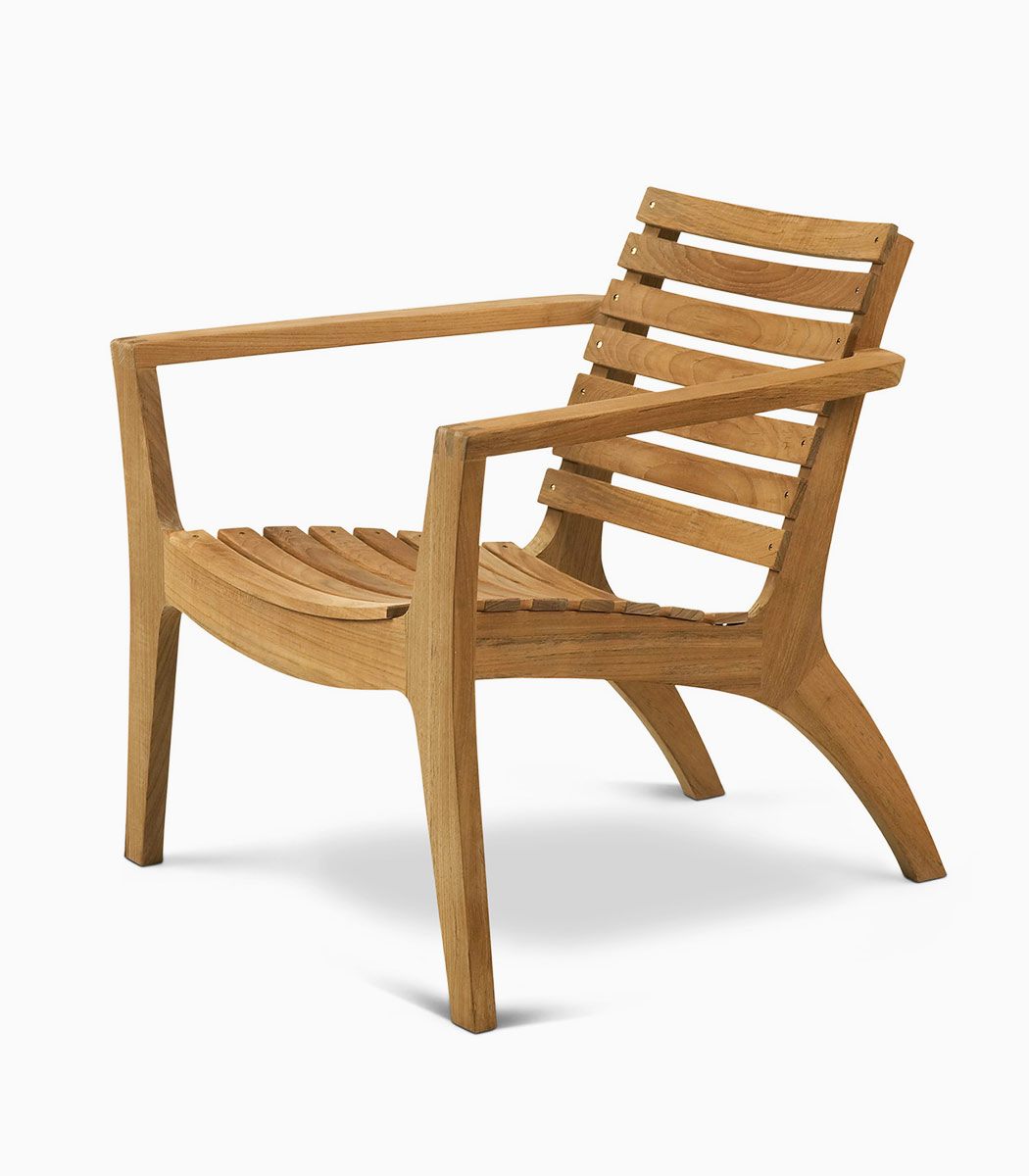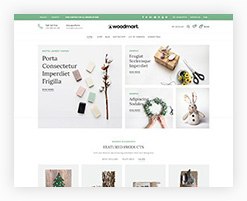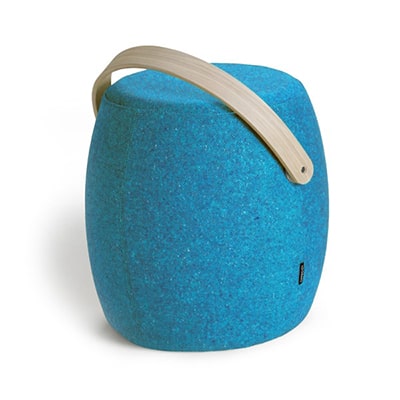Best Dog Leads
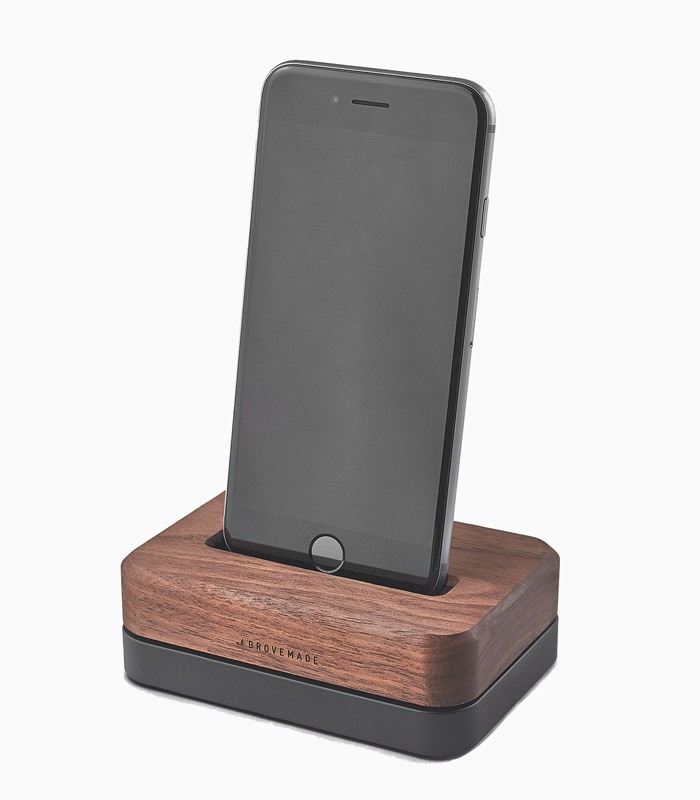
- Your Guide to Choosing and Using the Best Dog Leads
- Our Method for Finding the Perfect Lead for Your Pup
- What Makes a Dog Lead Truly the Best?
- From Leash to Life: Real Stories of Walks, Training, and Everyday Adventures
- Your Guide to Choosing the Safest and Smartest Dog Lead
- Your Guide to Picking the Perfect Dog Lead
- Your Ultimate Guide to Choosing the Best Dog Lead
- Your Top Questions on Finding the Best Dog Leads in Australia, Answered
- Your Perfect Lead Awaits: What to Do Next
Content Table:
Your Guide to Choosing and Using the Best Dog Leads
If you’re a dog owner in Australia, you’ve probably faced the frustration of a lead that tangles, snaps, or simply doesn’t suit your daily walks. Finding the best dog leads can transform your outdoor experiences with your furry companion from stressful to enjoyable.
Based on years of observing Australian pet owners and their needs, we’ll walk you through the key considerations for selecting dog leads that match different lifestyles, dog sizes, and training requirements. This guide focuses on practical features that matter in real-world Australian conditions – from beach walks to bush trails.
Essential Safety Reminders: Always supervise your dog when using any lead or collar. Ensure proper fit to prevent escape or injury. Check leads regularly for wear and tear, and replace immediately if damaged. Never leave dogs tethered unsupervised.
Key Takeaways
- Material and construction quality determine durability – Australian conditions demand weather-resistant materials
- Lead length and handle design should match your primary walking environments and training goals
- Regular inspection of clips, stitching, and material wear prevents unexpected failures
- Different attachment styles (clip, slip, multi-point) serve distinct training and control purposes
- Australian retailers report that proper storage extends lead lifespan significantly
Our Method for Finding the Perfect Lead for Your Pup
Our analysis of the best dog leads available to Australian owners draws from multiple reliable sources to ensure comprehensive coverage. We examine manufacturer specifications, general retail sales patterns across Australian pet stores, common customer feedback trends, and current industry observations about pet gear performance.

The evaluation framework focuses on five critical areas that matter most to Australian dog owners. Durability and material quality assess how well leads withstand our varied climate conditions – from coastal salt air to inland sun exposure. Comfort and ergonomics examine handle design, weight distribution, and how the lead feels during extended walks. Safety features include clip reliability, breakaway mechanisms where appropriate, and visibility elements for low-light conditions.
Versatility and adjustability consider how well each lead adapts to different walking scenarios – from busy urban footpaths to open park spaces. Finally, value and maintenance requirements help Australian owners understand long-term costs and care needs. Current 2025 industry analysis indicates that Australian pet owners increasingly prioritize products that offer multiple functions while maintaining simplicity of use.
It’s important to note that while we strive for comprehensive evaluation, individual experiences may vary based on dog breed, training level, and specific usage patterns. A lead that performs exceptionally for a small, well-trained dog might not suit a large, energetic puppy still learning leash manners.
What Makes a Dog Lead Truly the Best?
Understanding the technical aspects of dog lead construction helps Australian owners make informed decisions that match their specific needs and local conditions.
Material Construction & Weather Resistance
The foundation of any quality dog lead begins with material selection. Nylon webbing remains popular for its strength-to-weight ratio and affordability, though some Australian owners report that cheaper nylon variants can degrade faster in direct sunlight. Polyester options typically offer better UV resistance, making them suitable for our sunny climate, though they may be less flexible in colder conditions.
Leather leads develop a unique patina over time and often become more supple with use, but require regular maintenance to prevent drying and cracking in our variable weather. Recent 2025 industry observations suggest that biothane – a synthetic leather alternative – is gaining popularity among Australian coastal walkers due to its waterproof nature and easy cleaning.
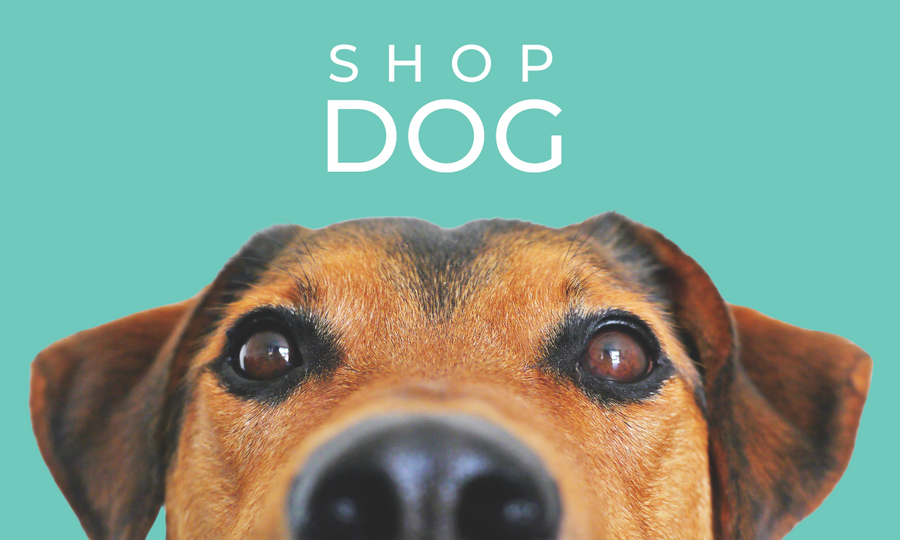
Hardware Quality & Attachment Mechanisms
The clip mechanism represents a critical safety component in any dog lead. Bolt snap clasps provide secure closure with single-handed operation, while trigger snaps offer quicker release but may be prone to accidental opening if quality is compromised. Australian retailers frequently note that zinc alloy clips provide adequate corrosion resistance for most environments, though stainless steel offers superior performance in coastal regions.
Stitching patterns and reinforcement points determine overall durability. Box X stitching at stress points distributes tension more evenly than straight stitching, while heat-sealed ends on synthetic materials prevent fraying. Many Australian owners find that leads with reflective threading or light-colored materials improve visibility during early morning or evening walks.
Length Variations & Handling Features
Lead length directly influences control and freedom balance. Standard 1.8-meter leads work well for general walking and training, providing enough slack for comfort while maintaining reasonable control. Shorter leads around 1.2 meters offer closer control in crowded areas, while longer training leads (3-5 meters) allow more exploration during supervised outdoor sessions.
Handle design significantly impacts comfort during extended use. Padded handles reduce hand fatigue, while multiple handling points along the length provide versatility for different situations. Some Australian owners find that traffic handles – additional loops closer to the clip end – offer quick control options when needed, though these may complicate storage for some users.
Recent feedback from Australian pet professionals indicates that no single lead excels in all scenarios. A multi-functional approach using different leads for specific activities often provides the best overall experience for both owner and dog.
From Leash to Life: Real Stories of Walks, Training, and Everyday Adventures
Australian dog owners face different daily challenges that influence their choice of best dog leads. Current 2025 industry analysis indicates that urban pet parents prioritise different features compared to regional owners, with metropolitan users often seeking compact solutions for apartment living while rural owners require durability for outdoor adventures.
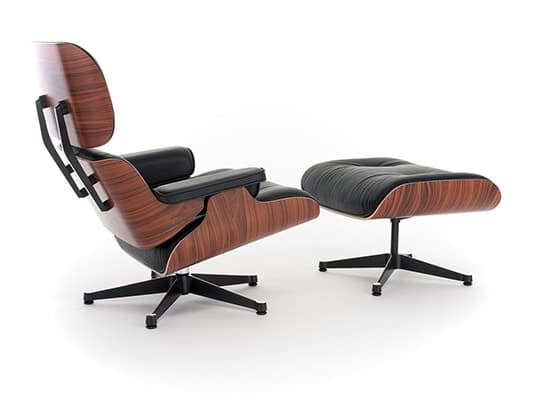
Many Australian urban professionals report that retractable leads provide the ideal balance of control and freedom during busy morning walks. The one-handed operation allows them to manage their dog while handling coffee or phones, though some users note that cheaper models can develop locking mechanism issues over time. The compact design fits easily in work bags, making these leads particularly suitable for city dwellers with limited storage space.
Australian outdoor enthusiasts frequently prefer heavy-duty leather or biothane leads for hiking and beach trips. These materials withstand harsh Australian conditions better than nylon alternatives, though they typically command higher price points. The added durability provides peace of mind when exploring remote areas, with many owners appreciating the secure grip even in wet conditions. The trade-off comes in weight and flexibility, as these sturdier options tend to be less compact for everyday use.
Families with multiple dogs often opt for double-ended coupler leads or hands-free waist attachments. Recent Australian market observations suggest these solutions help manage energetic pets during group walks, though they require proper training to prevent tangling. The convenience of having both hands available makes these options popular for dog owners who also push prams or carry groceries, with the limitation being that they’re less suitable for dogs with significant pulling habits.
Training scenarios also influence lead selection, with many Australian dog trainers recommending specific tools for behaviour modification. Slip leads prove effective for quick corrections during obedience sessions, while standard fixed-length leads provide consistent feedback for loose-leash walking practice. The key consideration remains matching the tool to both the dog’s temperament and the handler’s skill level, as improper use of training-specific leads can potentially cause discomfort.
Your Guide to Choosing the Safest and Smartest Dog Lead
When selecting the best dog leads in Australia, safety considerations extend beyond basic functionality. Current 2025 industry standards emphasise materials safety, with reputable manufacturers providing detailed information about component sourcing and manufacturing processes.

Australian consumer protection regulations require pet products to meet specific safety benchmarks, particularly regarding hardware strength and material composition. Many local councils enforce lead requirements in public spaces, with standard lengths typically mandated between 1-2 meters for control in shared environments. These regulations aim to prevent accidents and ensure public safety while accommodating different dog sizes and temperaments.
• Verify manufacturer branding and contact information on packaging
• Check for consistent stitching and hardware quality
• Research typical pricing – significantly discounted products may indicate compromised materials
• Look for Australian distributor information when purchasing online
• Examine weight specifications – counterfeit products often use lighter, weaker materials
Material safety remains paramount, with recent market observations highlighting concerns about certain imported products containing heavy metals or poorly constructed clasps. Australian-made options typically undergo more rigorous testing, though they command premium pricing. For dogs with chewing tendencies, leads with reinforced sections or bitter-taste coatings can prevent damage and potential ingestion hazards, though these features may reduce overall comfort during handling.
Nothing in this article constitutes professional training or veterinary advice. If your dog exhibits signs of distress, choking, or injury from lead use, discontinue use immediately and consult an appropriate professional.
Your Guide to Picking the Perfect Dog Lead
Choosing between the various types of best dog leads requires understanding how different designs serve specific Australian lifestyles. The table below compares primary lead categories based on current 2025 market availability and common user reports.
Standard Fixed-Length Leads
• Ideal for: Training, crowded areas, strong pullers
• Limitations: Less freedom for dog, limited length options
• Best suited for: Urban environments, obedience training
Retractable Leads
• Ideal for: Parks, beach visits, dogs with good recall
• Limitations: Mechanism failures, less immediate control
• Best suited for: Recreational areas, well-trained dogs
Hands-Free & Waist Leads
• Ideal for: Runners, hikers, multi-tasking owners
• Limitations: Requires good leash manners, positioning adjustment
• Best suited for: Active owners, dogs with minimal pulling
Training & Specialty Leads
• Ideal for: Behavior modification, specific exercises
• Limitations: Requires proper technique, not for continuous use
• Best suited for: Working with trainers, specific goals
When evaluating materials, Australian conditions play a significant role in durability. Nylon leads offer excellent value and colour variety but may degrade faster in harsh sunlight. Leather develops character with age but requires maintenance in humid climates. Rope leads provide superior grip but can be abrasive on hands during extended use. Biothane represents a popular synthetic alternative that withstands wet conditions without the maintenance demands of natural leather.
Hardware selection often determines longevity, with many Australian users reporting that bolt snap clasps provide more secure closure than trigger snaps for powerful dogs. Swivel attachments reduce twisting during walks but add potential failure points. The weight of hardware should balance security needs with comfort, as excessively heavy clasps may cause the lead to drag uncomfortably for smaller dogs.
Your Ultimate Guide to Choosing the Best Dog Lead
Step-by-Step Guide to Using Your Dog Lead
Step 1: Initial Inspection & Fitting
Before first use, carefully examine the lead for any manufacturing defects or damage. Check that stitching is even and secure, and test the clasp mechanism multiple times. Attach the lead to your dog’s collar or harness, ensuring the connection is secure but not overly tight. Remember to regularly inspect the attachment point for wear, as this is where failure most commonly occurs.
Step 2: Proper Holding Technique
Hold the lead with a firm but relaxed grip, keeping excess length neatly coiled in your other hand rather than wrapped around your wrist. This prevents injury if your dog suddenly pulls. For larger or stronger dogs, consider using two hands for better control. Avoid letting the lead drag on the ground, as this can cause tripping hazards and premature wear.
Step 3: Daily Usage & Control
Maintain consistent tension appropriate for your environment – slightly looser in open spaces, shorter in crowded areas. Use verbal cues in conjunction with lead pressure to communicate with your dog. If using a retractable lead, lock the mechanism when approaching roads or other dogs. Regularly check that the retraction mechanism remains smooth and doesn’t develop sticking points.
Step 4: Storage & Maintenance
After use, wipe down the lead with a damp cloth to remove dirt and saliva, paying particular attention to metal components in coastal areas. Store hanging or loosely coiled rather than tightly wound to prevent permanent kinks. For leather leads, occasional conditioning maintains flexibility. Check hardware monthly for signs of corrosion or weakness.
Step 5: Recognizing Replacement Time
Replace the lead immediately if you notice fraying, stitching separation, corrosion on metal parts, or stiffness in retractable mechanisms. Even without visible damage, consider replacing leads every 1-2 years with regular use, as UV exposure and repeated stress gradually weaken materials. If your dog shows any signs of neck or back discomfort during walks, stop using the current lead and consult your veterinarian.
Your Top Questions on Finding the Best Dog Leads in Australia, Answered
Quality dog leads typically range from $20-$80 in the current Australian market. The price variation reflects materials, construction quality, and manufacturing origin, with Australian-made products often commanding premium pricing. While budget options exist, investing in a mid-range lead typically provides the best balance of durability and safety features for regular use.
A well-constructed lead should provide 1-3 years of reliable service with proper care. Material choice significantly impacts lifespan, with synthetic options generally outlasting natural fibers in varied Australian conditions. Regular inspection remains crucial, as environmental factors like sun exposure and salt air can accelerate wear regardless of initial quality.
Training leads typically offer greater length and different attachment options compared to standard walking leads. The extended length allows for distance work during recall training, while multiple attachment points enable different pressure applications. However, these specialized features make training leads less practical for everyday neighborhood walks where control takes priority over freedom.
Purchase from reputable Australian retailers and verify manufacturer details before buying. Authentic products feature consistent branding, secure stitching, and smooth-functioning hardware. Be cautious of significantly underpriced options, as these may use inferior materials or construction methods that compromise safety and durability.
While no national mandatory standards exist, Australian consumer law requires products to be safe for intended use. Many local councils enforce lead requirements in public spaces, typically mandating adequate control of dogs. Manufacturers voluntarily comply with international safety standards regarding material composition and hardware strength, with reputable brands providing detailed testing information.
Your Perfect Lead Awaits: What to Do Next
Selecting the right dog lead involves balancing multiple factors specific to Australian conditions and your individual circumstances. The ideal choice depends on your dog’s size, training level, your typical walking environments, and personal handling preferences.

• For urban dwellers: Standard fixed-length or retractable leads provide optimal control and convenience
• For active owners: Hands-free options accommodate running and hiking while keeping hands available
• For training purposes: Long lines and specialized training leads offer necessary flexibility
• For durability: Australian-made or premium international brands withstand harsh conditions
• For value: Mid-range synthetic leads typically offer the best combination of features and longevity
Before making your final selection, consider your dog’s behavior patterns, your typical walking routes, and storage requirements. The extensive range of best dog leads available in the Australian market means there’s likely an ideal solution for your specific situation. Remember that proper use and regular maintenance significantly extend any lead’s functional lifespan, making your investment more valuable over time.
About the Author
With over eight years specializing in pet product analysis and market trends, our senior pet gear reviewer has developed particular expertise in the Australian dog accessories sector. Their work focuses on evaluating durability, safety features, and practical application of pet products across diverse Australian environments. Through ongoing engagement with Australian dog owners, trainers, and retailers, they maintain current understanding of market developments and user experiences to provide relevant, practical guidance for Australian pet parents.

